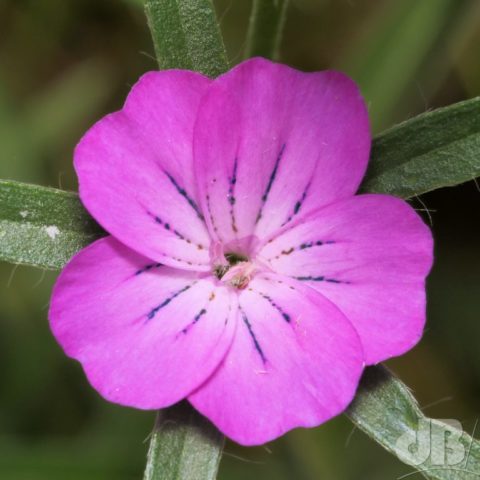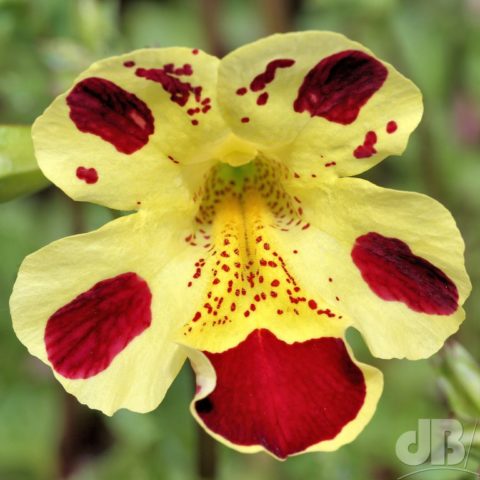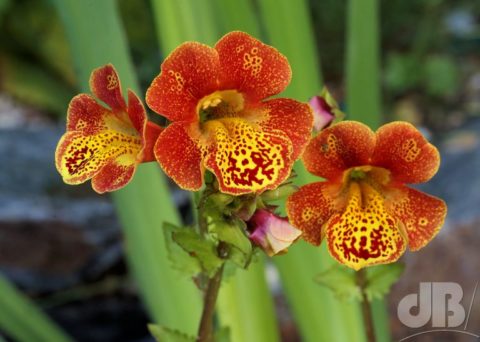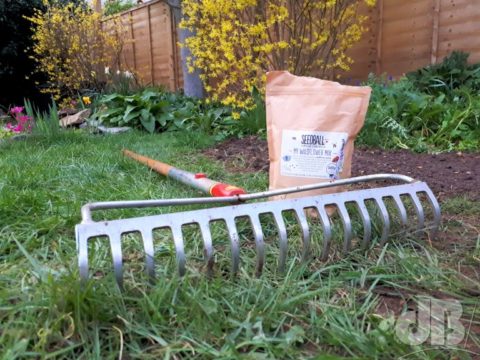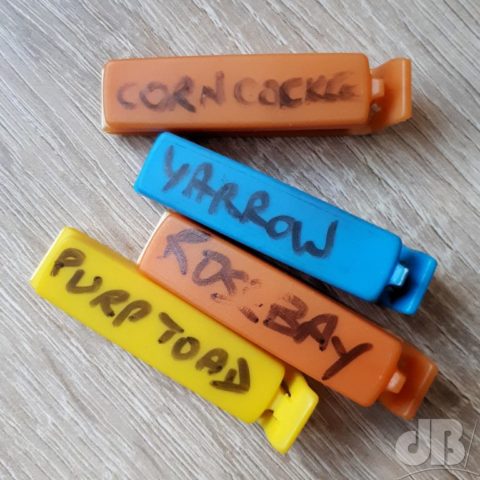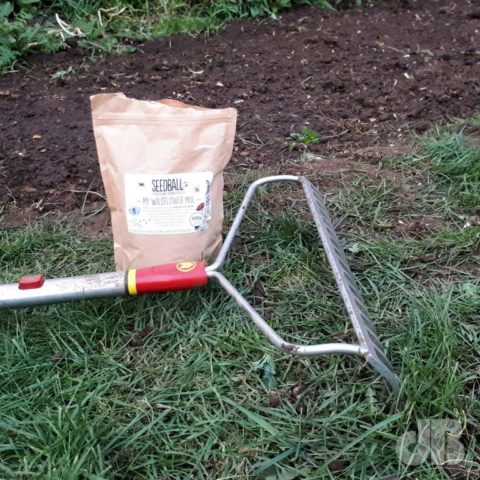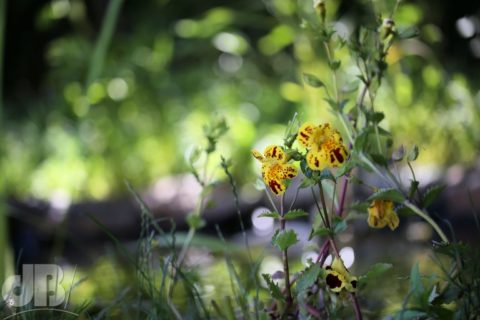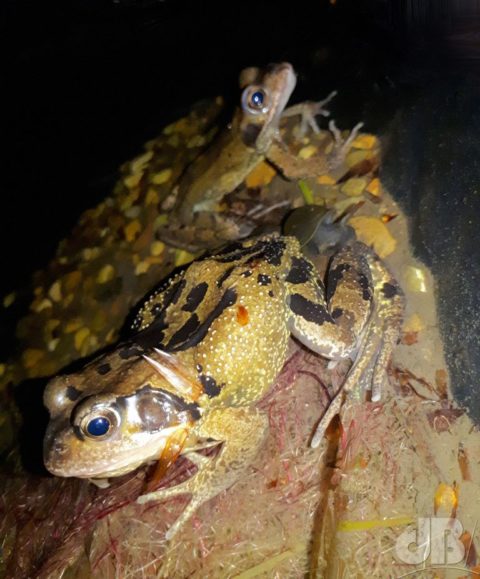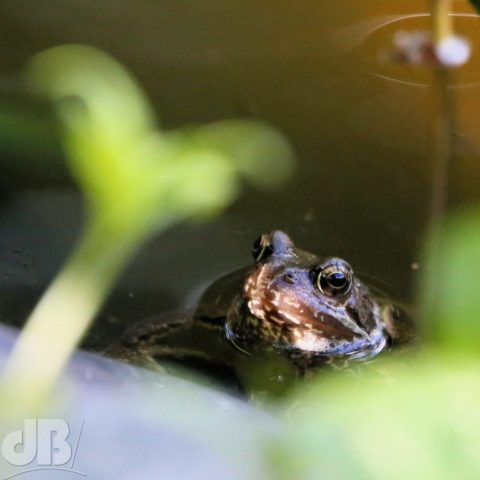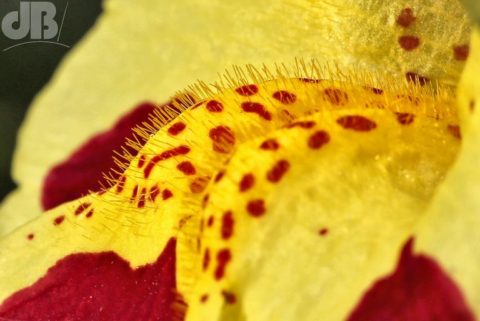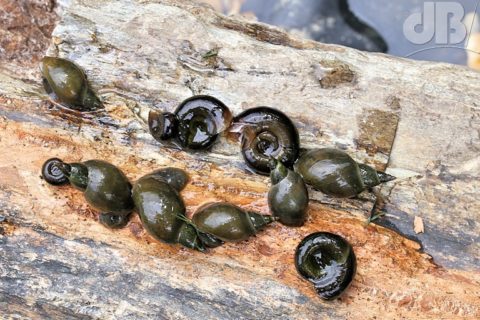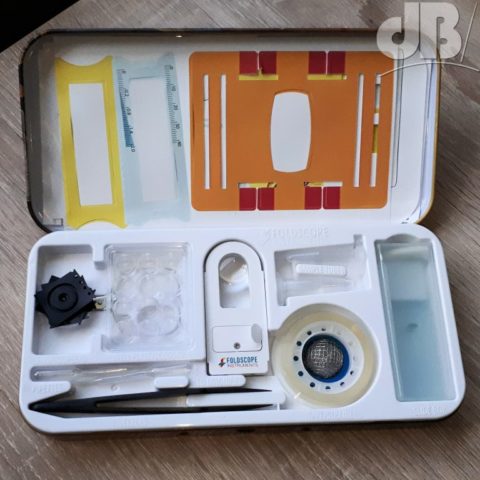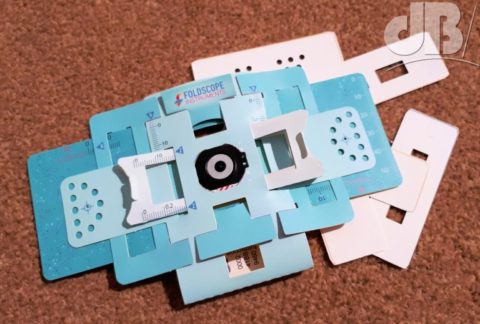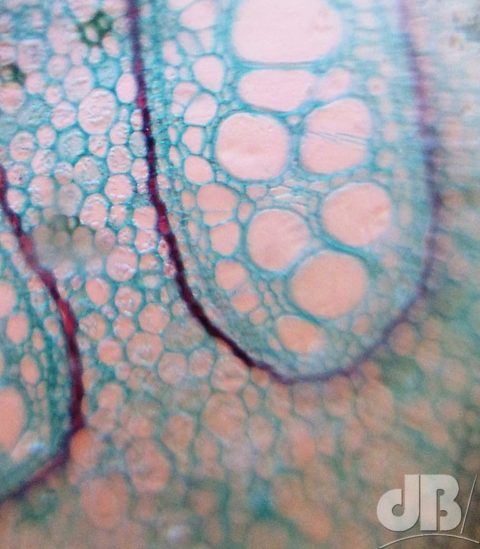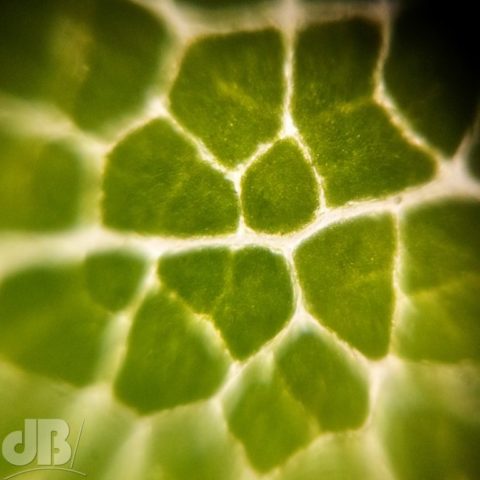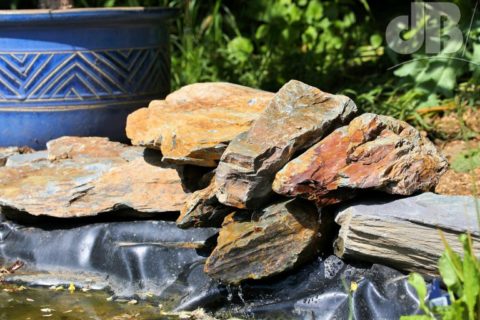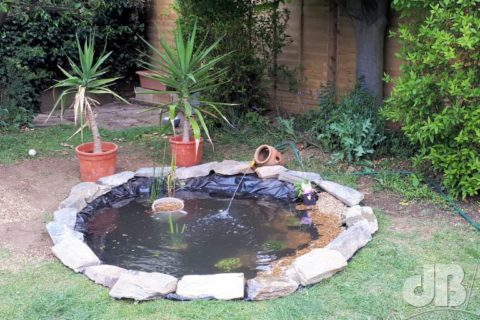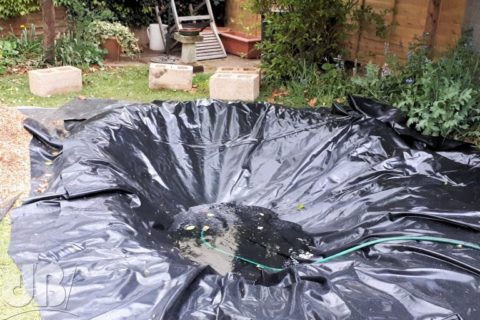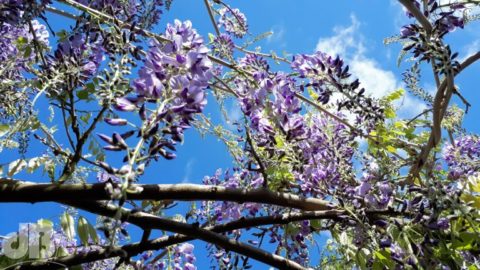Regular Sciencebase readers have probably been wondering what happened to our newly re-dug pond, which I did in April 2019 after a twenty year filled in dry spell. Well, it has thrived and become quite the wildlife haven, attended frequently by garden birds for bathing and drinking. We have at least five frogs (I saw five sitting around the perimeter one evening early in the Covid-19 lockdown). [UPDATE 2022: Matt has been counting frogs most evenings, 19 in and around the pond one night in July]
There are endless aquatic snails now, they multiplied very quickly. Lots of plants, which are also thriving, and lots of invertebrates attracted including Common Blue Damselfly.
We had mimulus in bloom and yellow flag iris, I did mention them previously in an in-post update, and as of today, a solitary lily blossom. Here are a couple of closeups of the lily with invertebrate visitors.
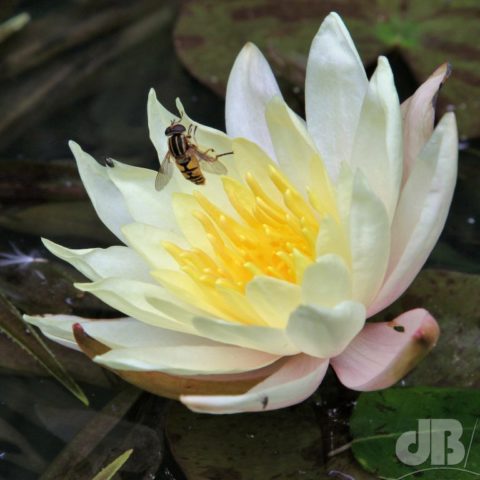
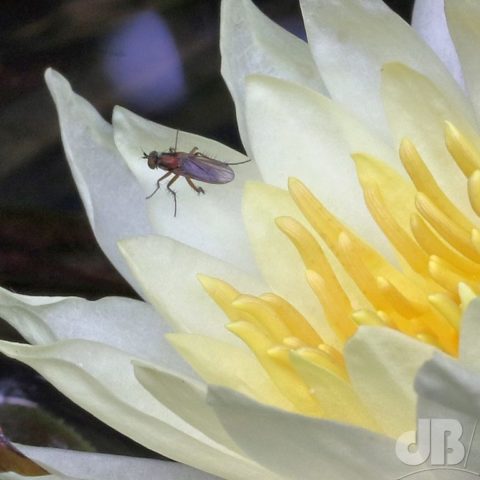
Meanwhile, the wilding of the patch of garden next to the pond I’d attempted, and doubled in size this year by removing turf has worked quite well with lots of Purple Tansy, Viper’s bugloss, Foxflove, Cornflower, Earth Smoke, and various poppies, Purple Toadflax, and a few other nameless wild brassica species and more.
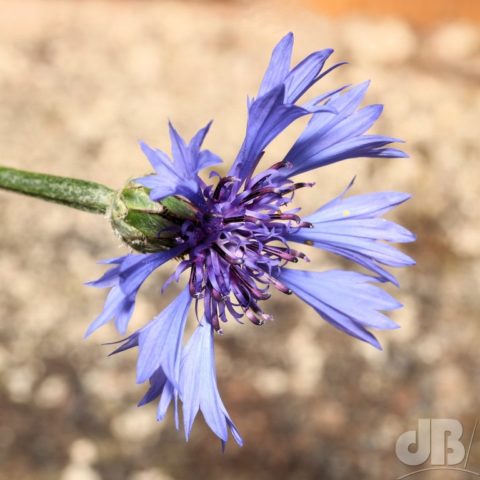
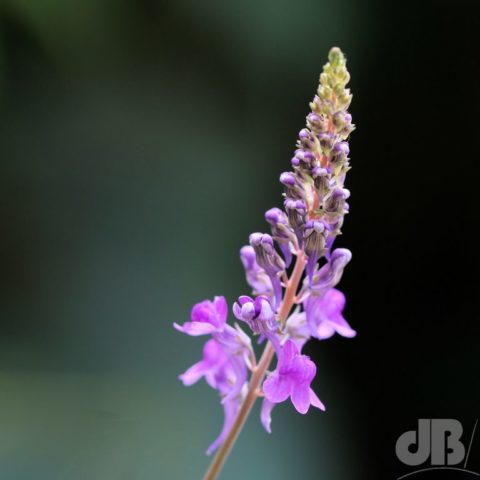
Finally, the common corncockle (Agrostemma githago) has grown and bloomed, I was worried I wouldn’t see any, but there it is, hopefully it will self-seed on this patch, but I will harvest some for next year and for the front garden wild patch too, which is three times the area it was last year. I wrote about it recently but the plant I’d seen in the wild patch was actually Viper’s Bugloss.
